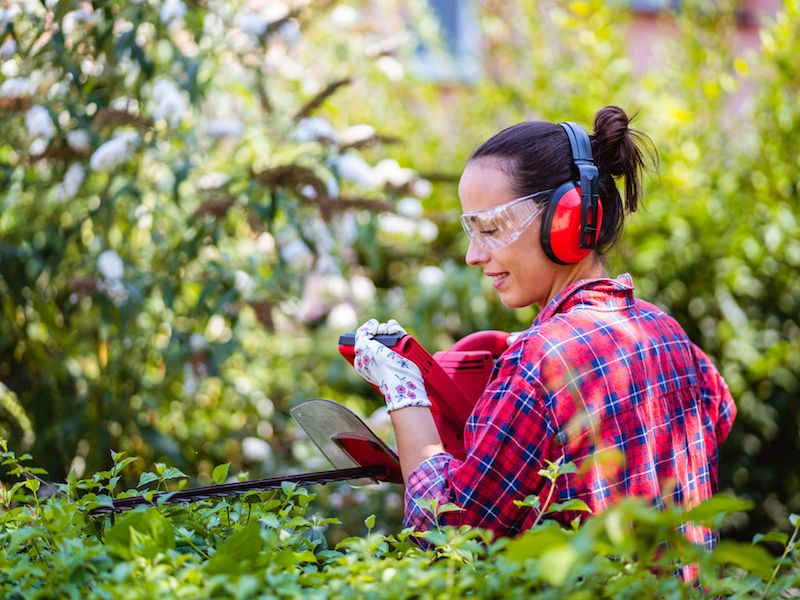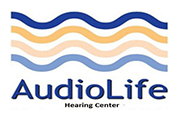
Eating right and safeguarding your hearing have some similarities. It sounds smart, but not many of us have a very good idea of where to start. If there aren’t any noticeable noise dangers and you don’t consider your daily environment to be particularly loud, this is especially true. But your ears and senses can be stressed by day-to-day living, so your auditory acuity can be maintained if you practice these tips.
If you want to keep enjoying the sounds around you, you need to do everything you can to impede down the deterioration of your hearing.
Tip 1: Wearable Ear Protection
Using ear protection is the most sensible and basic way to safeguard your hearing. This means taking basic steps to minimize the amount of loud and damaging noises you’re subjected to.
For many people, this will mean using ear protection when it’s needed. Hearing protection normally comes in two basic forms:
- Ear Plugs, which are put in the ear canal.
- Ear Muffs, which are placed over the ears.
Neither form of hearing protection is inherently better than the other. Each type has its positive aspects. Your choice of hearing protection should, most importantly, feel comfortable.
Tip 2: When Sound Becomes Dangerous, be Aware of It
But
Generally sounds become harmful at the following thresholds:
- 85 decibels (dB): After around two hours this volume of sound is damaging.Your hairdryer or a busy city street are both situations where you will find this level of sound.
- Over 100 dB: In this situation, you can injure your hearing very rapidly. Damage is done in around thirty seconds with sounds above this limit. For example, rock concerts and jet engines will damage your hearing in 30 seconds.
- 95-100 dB: This is about the noise level you’d expect from farm equipment or the normal volume of your earbuds. This volume of sound becomes harmful after 15-20 minutes.
Tip 3: Your Phone Can Become a Sound Meter
Now that we have a general idea of what levels of sound may be hazardous, we can take some precautions to make sure we limit our exposure. The trick is that, once you’re out and about in the real world, it can be difficult to measure what’s loud and what isn’t.
Your smartphone can now be used as a handy little tool. Sound meter apps exist for every type of smartphone.
Having a live sound meter with you will help you measure everything you’re hearing in decibels, so you’ll have a far better concept of what dangerous levels really sound like in your everyday life.
Tip 4: Monitor Your Volume Settings
The majority of people these days listen to music using their phone or smart device, and they normally use earbuds while they do it. This creates a risky scenario for your hearing. Your hearing can be significantly damaged if you keep your earbuds too loud over a long period of time.
That’s why protecting your hearing means keeping a sharp eye on your volume management. You should not raise the volume in order to drown out noises elsewhere. in order to make certain that volume doesn’t get too high, we suggest using volume settings or app settings.
If your hearing begins to decline, earbuds can become something of a negative feedback loop; in order to compensate for your declining hearing, you may find yourself continuously increasing the volume of your earbuds, doing more damage to your ears in the process.
Tip 5: Get Your Hearing Tested
You might think of a hearing exam as something you schedule when your hearing has already begun to decline. The issue is that it’s not always easy to detect a problem in your hearing without a baseline to compare results to.
Scheduling a hearing screening or exam is a great way to generate data that can be used for both treatment and analytic purposes, making certain that all of your future hearing (and hearing protection) choices have some added context and information.
Keep an Eye on Your Ears
It would be ideal if you could continuously protect your ears without any hassles. But challenges are always going to be there. So protect your ears when you can, as often as possible. You should also get your ears tested regularly. Hopefully, these guidelines will help you get a good start.
